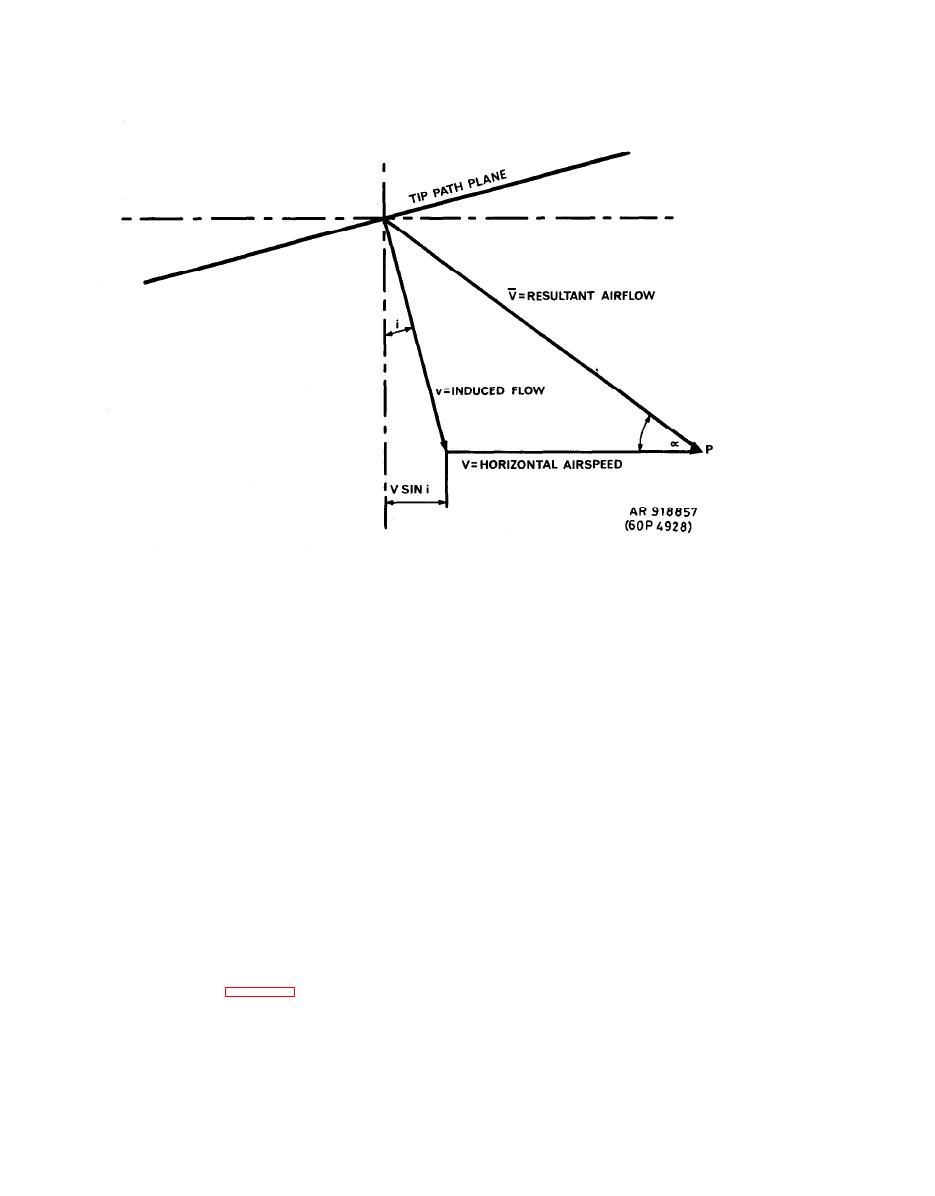 |
|||
|
|
|||
|
Page Title:
Figure 1-3. Airflow Under the Rotor. |
|
||
| ||||||||||
|
|
 TM 9-1270-219-13&P
Similar
characterization
is
required
for
lateral
flight,
e. Since the probe is always aligned with rotor
though in this case the AADS always underreads as the
downwash the static pressure port does not suffer from
helicopter cannot fly sideways at a speed where rotor
pressure
errors
and
pressure
error/velocity
gradients.
b l a d e turbulence can be sensed by the AADS. Therefore,
Having correctly sensed the pitot and static pressures it is
the level of the airspeed correction required for combined
then
necessary
to
correct
this
data
for
fuselage
forward and lateral is determined by the AADS which
downwash effects in order to obtain accurate airspeed and
senses the downwash turbulence under the rotor,
airflow direction. These effects are removed by airspeed
characterization, to achieve corrections to the forward,
lateral and vertical airspeed parameters.
h.
Airspeed
corrections
are
applied
for
any
combination of forward and lateral flight. For example,
forward errors for all forward airspeeds with zero lateral
f. Characterization is defined as the correction of the
airspeed
are
stored
in
the
form
of
a
curve.
This
system airspeed outputs for the effects of downwash and
discontinuity curve is stored in the Central Processor Unit
airflow distortion
around
the
helicopter
fuselage.
memory in the Electronics Processor Unit (EPU) as a
is
therefore
peculiar
to
any
one
Characterization
s e r i e s of polynomial equations.
helicopter
type.
i. By using a similar curve for forward airspeeds
g . The Airspeed profile of the AH-1S in forward and
with
a
10
knot
lateral
component,
it
is
possible
to
rearward flight is shown in figure 1-4. At airspeeds of less
i n t e r p o l a t e between the two to give the forward error for
than 32 knots forward, the AADS will underread while
a l l forward airspeeds with lateral components of between
f r o m 32 knots to 60 knots the AADS will overread, due
0 to 10 knots. By extending this process, a complete
to the turbulence generated by the tips of the rotor blade.
picture of the forward errors for all lateral airspeeds can
A t airspeeds above 60 knots, the AADS is clear of the
be constructed. With similar curves for lateral airspeed
rotor
downwash
and
no
characterization
is
required.
|
|
Privacy Statement - Press Release - Copyright Information. - Contact Us |